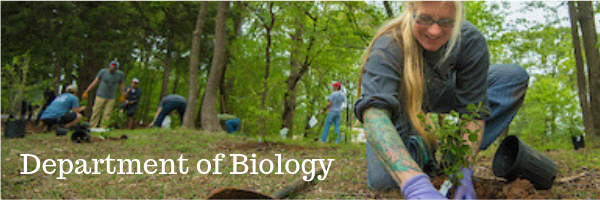
Faculty and Student Publications
Document Type
Article
Publication Date
1-1-2020
Abstract
© 2020. Close scrutiny of Goodenia (Goodeniaceae) and allied genera in the 'Core Goodeniaceae' over recent years has clarified our understanding of this captivating group. While expanded sampling, sequencing of multiple regions, and a genome skimming reinforced backbone clearly supported Goodenia s.l. as monophyletic and distinct from Scaevola and Coopernookia, there appears to be no synapomorphic characters that uniquely characterise this morphologically diverse clade. Within Goodenia s.l., there is strong support from nuclear, chloroplast and mitochondrial data for three major clades (Goodenia Clades A, B and C) and various subclades, which lead to earlier suggestions for the possible recognition of these as distinct genera. Through ongoing work, it has become evident that this is impractical, as conflict remains within the most recently diverged Clade C, likely due to recent radiation and incomplete lineage sorting. In light of this, it is proposed that a combination of morphological characters is used to circumscribe an expanded Goodenia that now includes Velleia, Verreauxia, Selliera and Pentaptilon, and an updated infrageneric classification is proposed to accommodate monophyletic subclades. A total of twenty-five new combinations, three reinstatements, and seven new names are published herein including Goodenia subg. Monochila sect. Monochila subsect. Infracta K.A. Sheph. subsect. nov. Also, a type is designated for Goodenia subg. Porphyranthus sect. Ebracteolatae (K. Krause) K.A. Sheph. comb. et stat. nov., and lectotypes or secondstep lectotypes are designated for a further three names.
Relational Format
journal article
Recommended Citation
Shepherd KA, Lepschi BJ, Johnson EA, Gardner AG, Sessa EB, S. Jabaily R (2020) The concluding chapter: recircumscription of Goodenia (Goodeniaceae) to include four allied genera with an updated infrageneric classification. PhytoKeys 152: 27-104. https://doi.org/10.3897/phytokeys.152.49604
DOI
10.3897/PHYTOKEYS.152.49604
Accessibility Status
Searchable text

